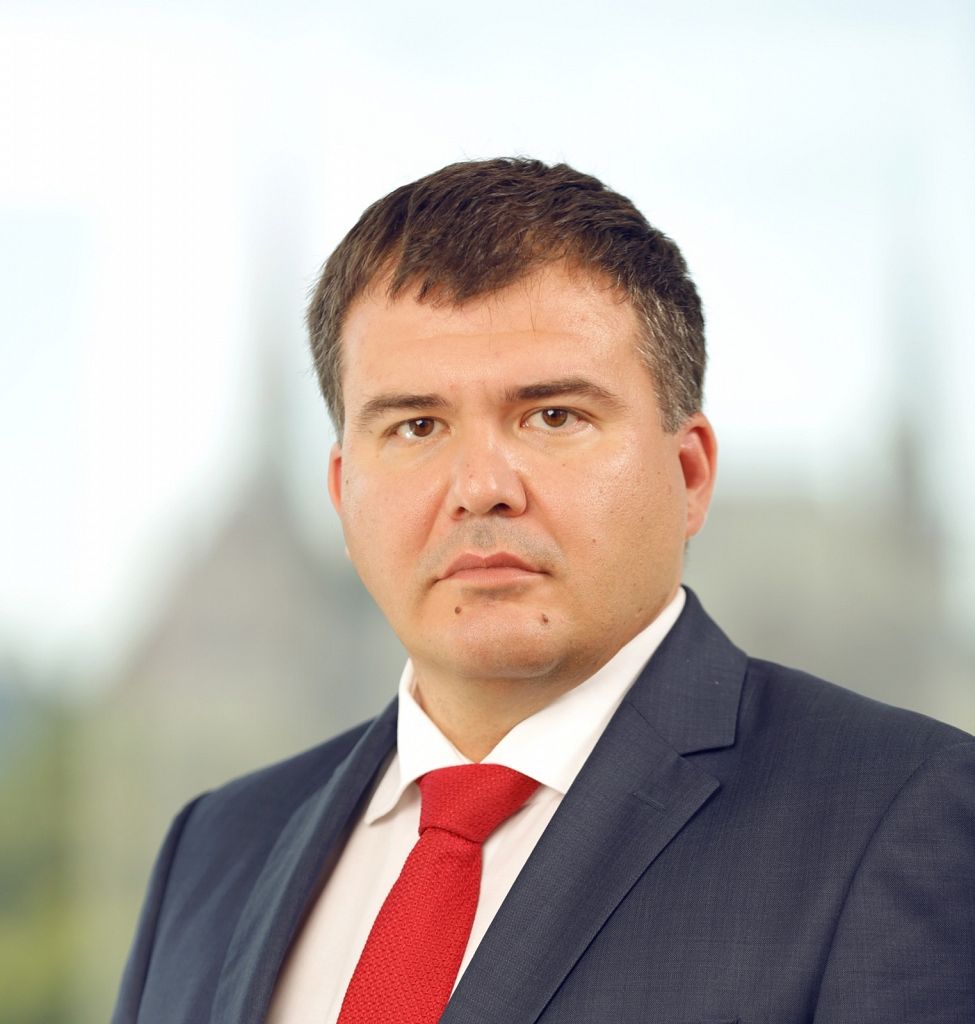
Transport scheduling is a crucial aspect of efficient and integrated transportation systems. In this article, we take a brief look at the case of multimodal transport planning and scheduling in Riga, Latvia, with a particular emphasis on Rail Baltica. As the Chairman of the Board of the Road Transport Administration and a longstanding Rail Baltica team member, Artūrs Caune shares insights into the principles and strategies employed to develop a seamless and interconnected public transport network. These efforts are instrumental in facilitating a transition towards sustainable mobility.
As the largest high-speed railway infrastructure project in the region, Rail Baltica will serve as the foundation for a new economic corridor and enhanced military mobility. It will also bring about significant changes in the transport network in the Riga node and throughout Latvia. Featuring seven international passenger stations and three multimodal freight terminals Rail Baltica aims to provide seamless connections to airports, seaports, and road transport, facilitating efficient movement of people and goods across the Baltics.
The Road Transport Administration in Latvia serves as the competent authority responsible for the development of public transport services and the management of railway and regional public transport contracts.
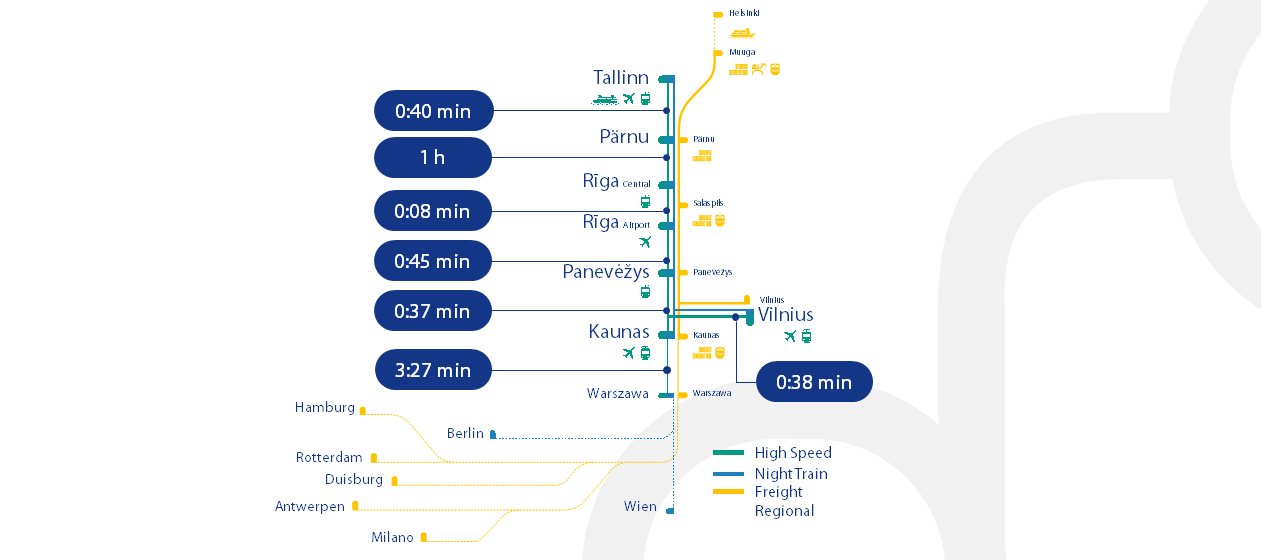
The Swiss clock approach
The Swiss clock approach is a strategic principle adopted in public transport planning that emphasizes the importance of precise and synchronized timetabling. Drawing inspiration from Switzerland’s renowned punctuality and efficiency in their rail system, the Swiss clock approach aims to create a seamless and interconnected network of transportation modes. In the context of transport planning, particularly in the case of Rail Baltica in Riga, Latvia, the Swiss clock approach entails synchronizing the timetables of various transport modes, including trains and regional buses, to ensure smooth and efficient travel experiences for passengers.
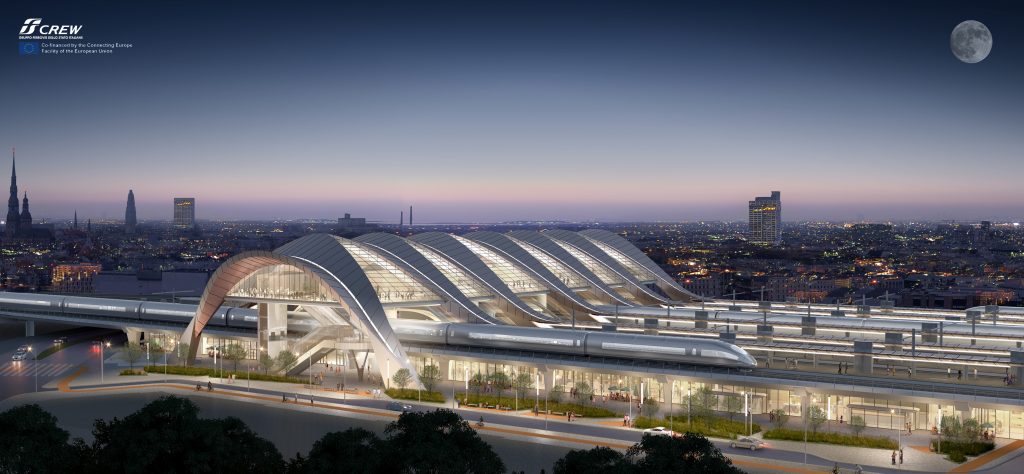
Riga’s central station is envisioned as the primary meeting point for trains in Latvia and the Baltics, serving as a major hub for passenger transportation. By aligning the timetables of different modes of transport, the Swiss clock approach enables the interconnection of trains from existing gauge railways (1520mm) and the Rail Baltica high-speed line (1435mm). Furthermore, there is an ambition to establish interconnectivity with regional bus services as well on routes where rail services are not currently accessible. This integrated approach facilitates convenient connections for passengers, allowing them to seamlessly transfer between different modes of transport without lengthy waiting times or disruptions.
The Swiss clock approach goes beyond merely coordinating timetables. It also involves considering the infrastructure and service requirements in tandem. Unlike the traditional approach, which focuses on developing railway infrastructure first and then creating timetables, the Swiss clock approach takes an integrated perspective.
In the case of Rail Baltica, the operational plan study conducted in 2019 based the service offer on demand projections and utilized the timetable for railway infrastructure planning. By considering the infrastructure and service requirements together, the Swiss clock approach ensures optimal utilization of resources and effective alignment between the transportation network and passenger needs.
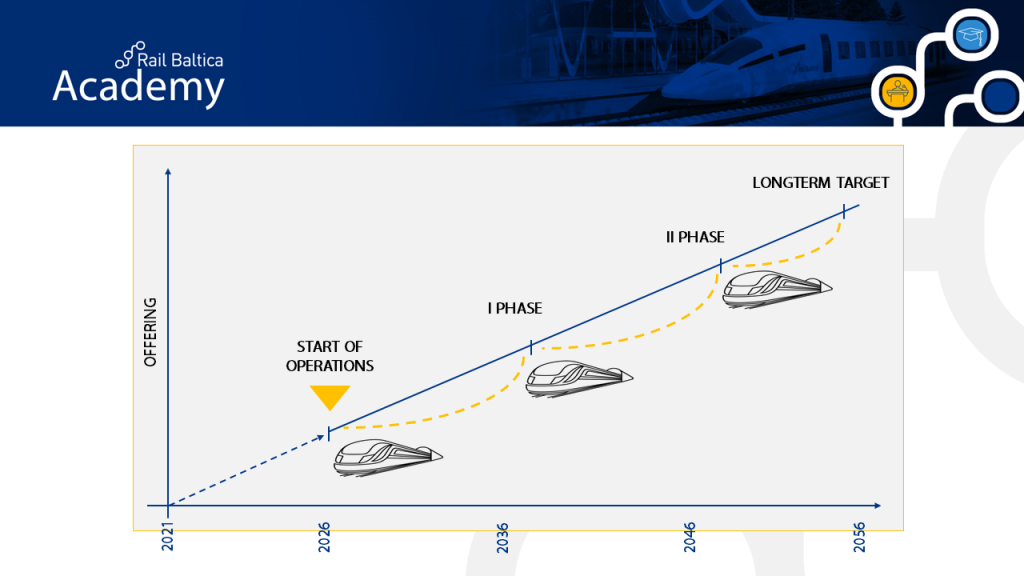 Following the completion of the Operational Plan study, a more in-depth analysis was conducted in 2021 to optimize the operation of the Riga railway node. Known as the Riga Node Operation Optimization study, it provided a strategic perspective on integrating Rail Baltica’s full passenger rail service with the conventional network services on the 1520mm gauge railway system in Latvia, with a focus on long-term development. As a result, a comprehensive strategic timetable for the entire network was formulated.
Following the completion of the Operational Plan study, a more in-depth analysis was conducted in 2021 to optimize the operation of the Riga railway node. Known as the Riga Node Operation Optimization study, it provided a strategic perspective on integrating Rail Baltica’s full passenger rail service with the conventional network services on the 1520mm gauge railway system in Latvia, with a focus on long-term development. As a result, a comprehensive strategic timetable for the entire network was formulated.
Additionally, the study identified key areas for improvement in railway infrastructure to enhance rail passenger services. These included optimizing railway station track layouts, addressing infrastructural bottlenecks, and implementing measures to improve speed, such as the partial double tracking of railway infrastructure.
Currently, the findings from the Riga Node Operation Optimization study are being further elaborated as part of the reform under the Recovery and Resilience Fund. Governmental institutions and municipalities are collaborating to establish the Riga Metropolitan area public transport plan as an integral component of the Sustainable Urban Mobility Plan (SUMP).
A critical aspect of our planning involves synchronizing regional transport, including buses and the existing 1520mm railway network, with Rail Baltica. By aligning the regional transport schedules with the new rail system, we aim to provide convenient and seamless travel options for passengers. Additionally, we are working closely with municipalities to establish regular connections, especially during peak hours, to make public transport economically feasible and attractive.
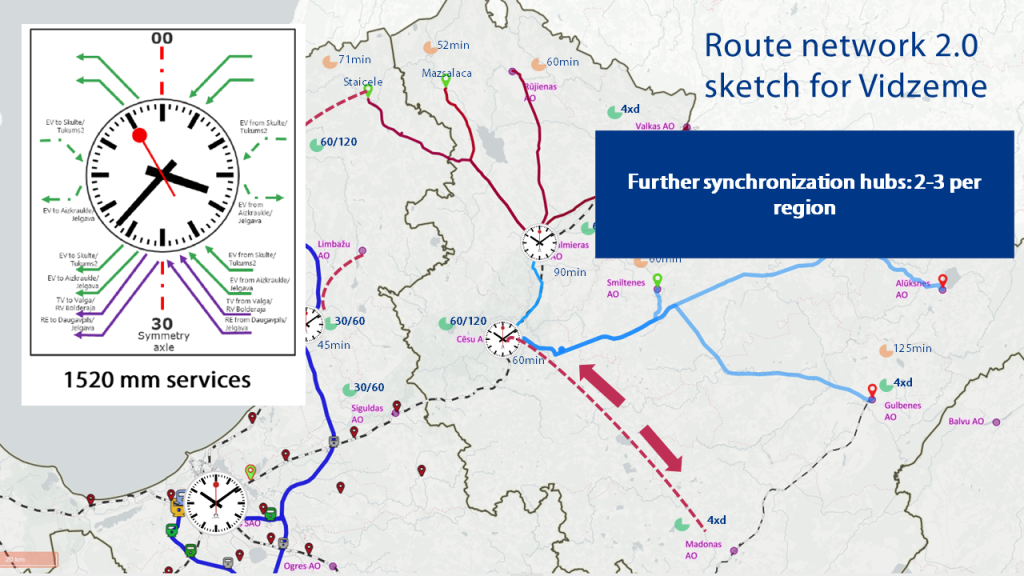 By combining train and bus services, we ensure that travel times are comparable to or better than current bus services. For instance, in suburban areas, we aim to provide trains every 30 minutes and 60-minute services during early mornings and late nights. This integration enables citizens to choose the most convenient and efficient mode of transport for their journeys.
By combining train and bus services, we ensure that travel times are comparable to or better than current bus services. For instance, in suburban areas, we aim to provide trains every 30 minutes and 60-minute services during early mornings and late nights. This integration enables citizens to choose the most convenient and efficient mode of transport for their journeys.
Navigating Rising Costs and Shifting Preferences
The significant rise in consumer and fuel prices over the past years, coupled with a declining population, necessitates a response to address the escalating costs. To tackle this challenge, a comprehensive review of ticket prices is underway, aiming to increase and simplify fare structures with a more comprehensive zoning approach across the entire public transport network. Improving the financial sustainability of public transport services has become crucial, especially as the sector has faced financial strain due to the pandemic, resulting in a decline in passenger numbers. While price levels will need to be adjusted, there will also be a shift in ticket policies, including the introduction of loyalty programs and enhanced discounts for frequent travelers. These measures aim to incentivize regular users to rely on public transport even more. It is important to note that public transport ticket prices are influenced by changes in residents’ income and purchasing power. Additionally, when considering transportation options, ticket price is just one factor among many, with citizens also taking into account the quality of public transport services, such as comfort, speed, frequency of trips, and accessibility.
Watch the full lecture on multimodal transport planning and scheduling in Riga, Latvia by Artūrs Caune here.
